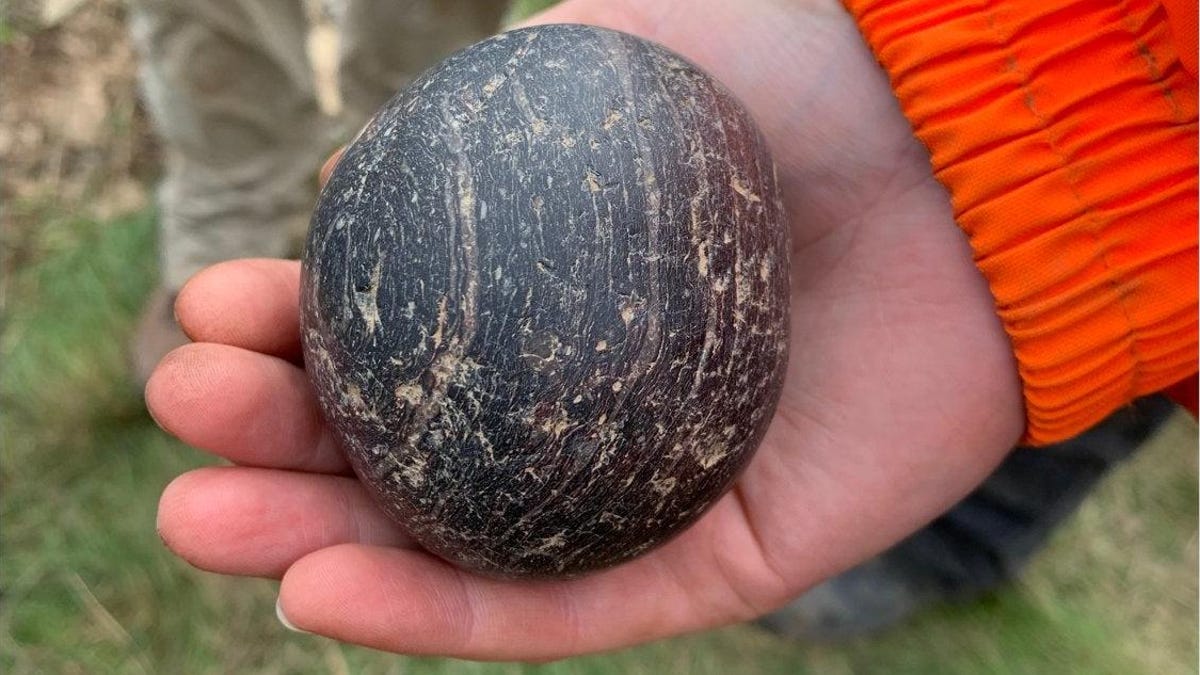
Five days later, Anderson-Whymark announced the discovery of the second stone ball.
G/O Media may get a commission
“This one is the size of a cricket ball, perfectly spherical and beautifully finished,” he tweeted on August 24. “It’s split along bedding in the banded sandstone but will be amazing when conserved.”
At approximately 5,500 years old, Tresness Tomb is among Scotland’s oldest monuments. Inhabitants of the nearby settlement of Cata Sands were likely responsible for the chambered tomb.
Advertisement
The site was explored in the 1980s, but archaeologists have been investigating the chambered tomb in earnest since 2017. There’s an added sense of urgency now, as the site is being eaten away by the sea and a collapsing cliff on which the tomb stands. As the excavation team notes on its dig diary and blog, it’s “desirable to explore specific research questions” at a site under threat, rather than spending time on a site that’s not threatened. The team is working to collect as many artifacts as possible and document the Tresness site before it disappears. Archaeologist Vicki Cummings from the University of Central Lancashire (UCLAN) co-leads the excavation.
The first week of the 2021 excavation resulted in the discovery of shells, animal bones, and pottery fragments, but the “largest gasp from the team” came when Cummings found the first polished stone ball, according to the team’s diary.
Advertisement
Around 500 stone balls have been found in Scotland, and, as noted, only a select few have been found inside a burial site. The purpose of the balls isn’t known, but the finely carved objects could symbolize power. It’s also possible that the balls were used as weapons, thrown at or brought down onto people’s heads. Indeed, skulls found elsewhere in Orkney show “signs of such injury,” as The Scotsman reports.
Excavations are ongoing at Tresness Tomb, so more discoveries await. The team has also created 3D models of the stalled cairn (here and here), documenting changes to the site as excavations continue.
Advertisement
More: Prehistoric stone monument in Scotland may have been intentionally built to attract lightning.